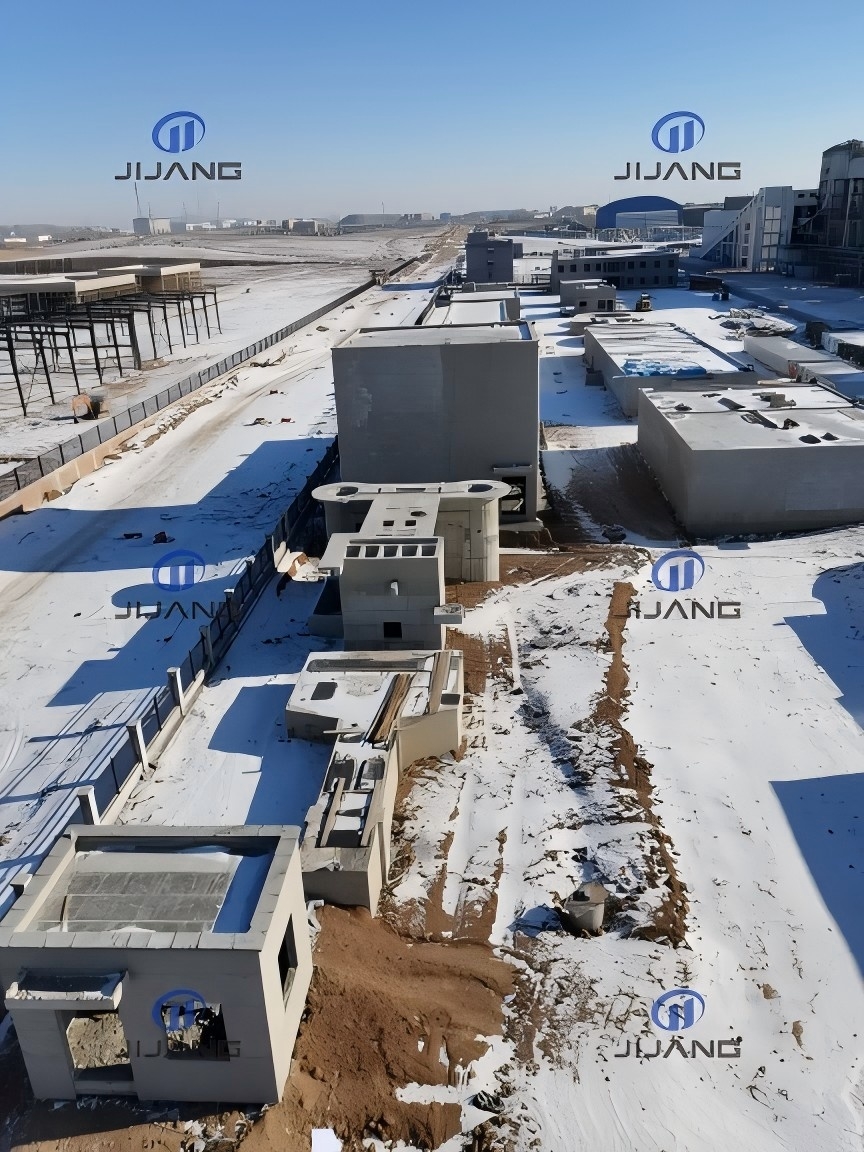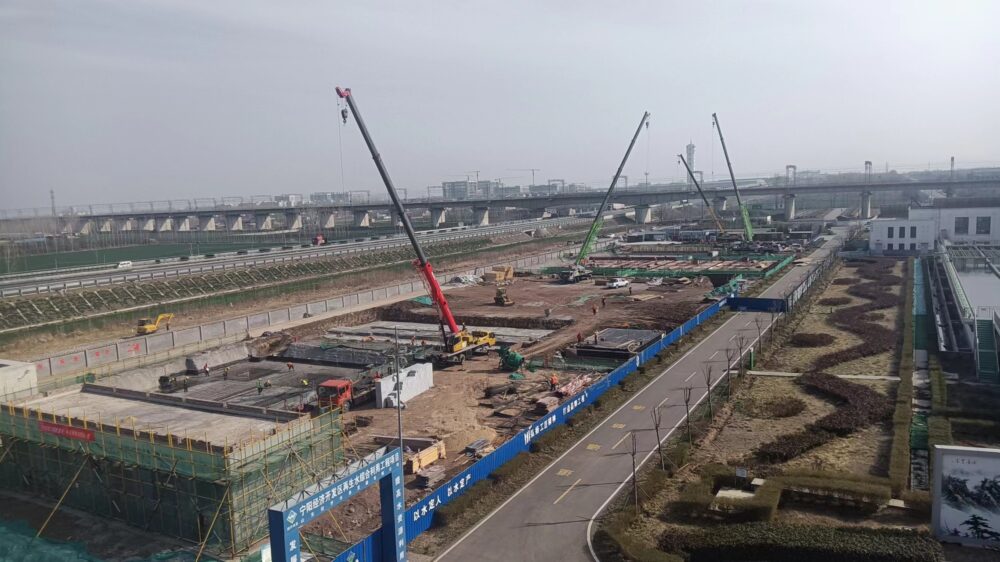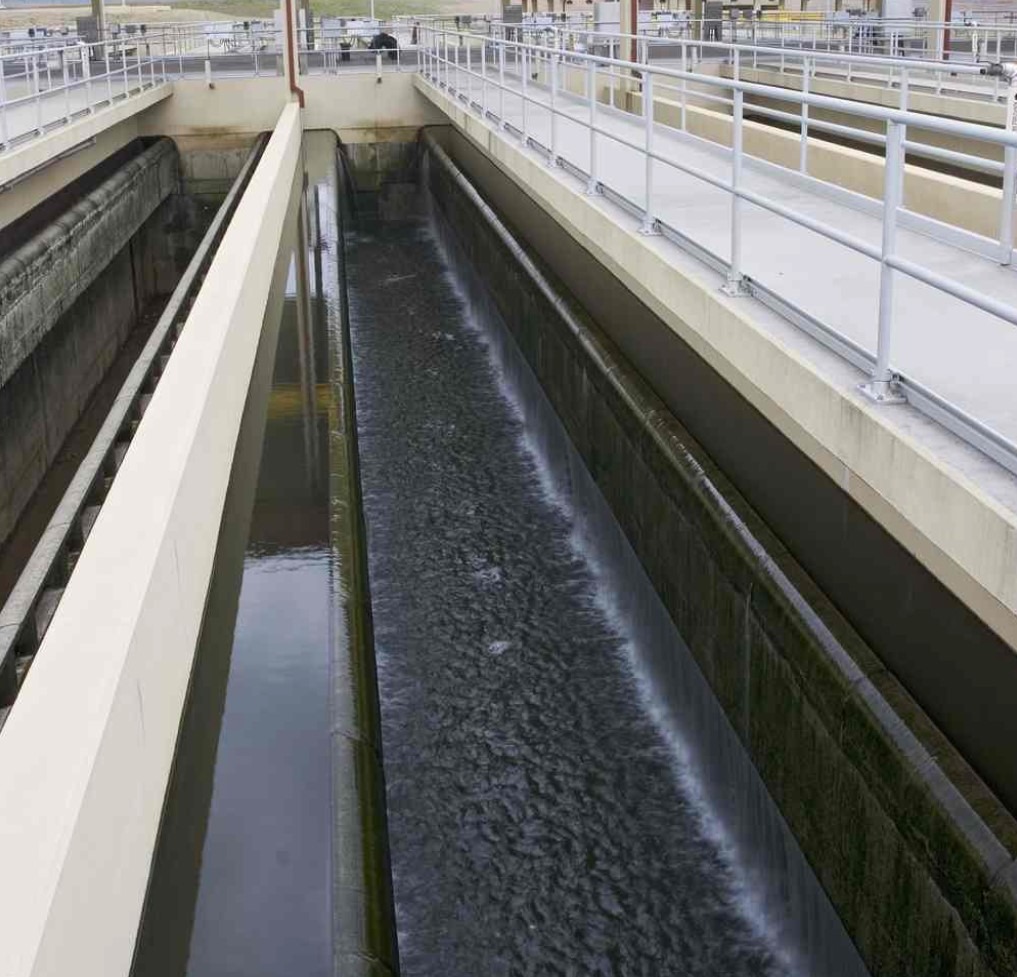1) Stable effluent quality: MBR uses membrane separation technology to achieve efficient solid-liquid separation. The effluent suspended solids content is less than 10 mg/L, and the turbidity is less than 1 NTU. The water quality is clear and transparent and can be directly reused in industrial cooling water and other fields.
2) Small footprint: Compared with traditional processes, MBR does not require secondary sedimentation tanks and sludge thickening tanks, has a high degree of equipment integration, and reduces the footprint by 30%-50%, making it particularly suitable for urban environments with limited land resources.
3) Strong resistance to shock loads: The high-concentration activated sludge system can quickly adapt to fluctuations in water quality and quantity, and can maintain high treatment efficiency even if the influent COD concentration changes greatly.
4) Low sludge production: Long sludge age enhances the endogenous respiration of microorganisms, reducing sludge production by 30%-50%, and reducing the risk of secondary pollution and treatment costs.
5) High technical maturity: MBR technology has been developed since the 1960s and has been commercialized in countries such as Canada and Japan. For example, the promotion and use of hollow fiber membrane modules has improved treatment efficiency and economy.

生化膜反应器12-1024x683.jpg)




